Picking Blueberries and Raspberries
northernmn
10 years ago
Related Stories

GARDENING GUIDESGreat Design Plant: Grow Blueberries for Their Fruit and More
Eastern gardeners should consider growing blueberry plants for their delicious fruits, bee-friendly spring blooms and brilliant fall foliage
Full Story
EDIBLE GARDENSSummer Crop: How to Grow Blueberries
Plant blueberries in spring or fall for garden beauty through three seasons — and a sweet superfood in summer
Full Story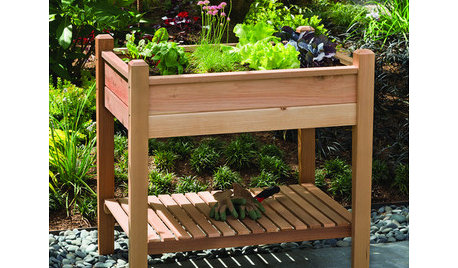
PRODUCT PICKSGuest Picks: 20 Outdoor Planters to Green Up Your Patio
Bring the garden to you with stylish pots, urns and other planters of all shapes and sizes
Full Story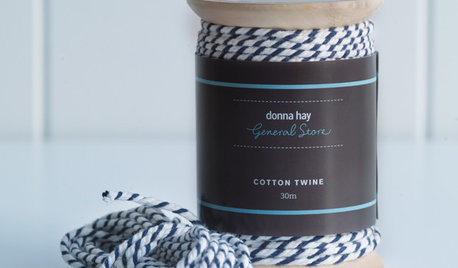
PRODUCT PICKSGuest Picks: The Modern General Store
20 practical pieces that look good and work hard at the same time
Full Story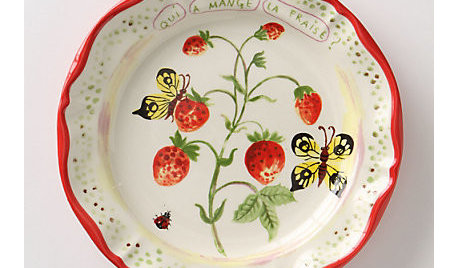
PRODUCT PICKSGuest Picks: 20 Berry Good Kitchen Finds
This batch of baking, canning and berry-inspired kitchen supplies is ripe for the picking
Full Story
PINKGuest Picks: Tangerine and Pink
This sweet and sassy color combination is the perfect pick for a fun bedroom
Full Story
COLORPick-a-Paint Help: How to Quit Procrastinating on Color Choice
If you're up to your ears in paint chips but no further to pinning down a hue, our new 3-part series is for you
Full Story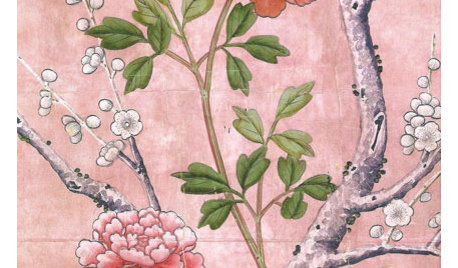
PRODUCT PICKSGuest Picks: Chinoiserie to Put You in the Pink
Rosy hues go exotic with chinoiserie-inspired furnishings, accessories and art sure to punch up a room
Full Story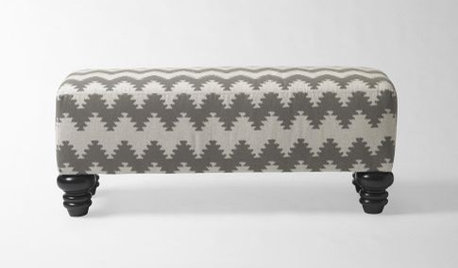
PRODUCT PICKSGuest Picks: 20 Gray and White Bedroom Finds for Both Sexes
Rest assured that these soft shades will create a relaxing feel, while textures and patterns ensure a bedroom that's no snoozefest
Full Story
PRODUCT PICKSGuest Picks: A Deep Blue Bedroom Dream
Make your sleeping space as enchanting as a starry sky with abundant navy and touches of shine
Full StorySponsored









jel48
soilent_green
Related Professionals
Chattanooga Landscape Architects & Landscape Designers · Cerritos Landscape Contractors · Coram Landscape Contractors · Doctor Phillips Landscape Contractors · Dunwoody Landscape Contractors · Franklin Landscape Contractors · North Haven Landscape Contractors · Norwalk Landscape Contractors · Plantation Landscape Contractors · Pompano Beach Landscape Contractors · Porterville Landscape Contractors · Sammamish Landscape Contractors · Wayland Landscape Contractors · Markham Landscape Contractors · Shafter Landscape Contractorssoilent_green
northernmnOriginal Author
soilent_green
northernmnOriginal Author
soilent_green
northernmnOriginal Author
soilent_green
patty2430
northernmnOriginal Author
northernmnOriginal Author
soilent_green
northernmnOriginal Author
soilent_green
northernmnOriginal Author
soilent_green
mnwsgal
hostaholic2 z 4, MN
soilent_green
soilent_green
northernmnOriginal Author
soilent_green
northernmnOriginal Author
soilent_green
leftwood
soilent_green
northernmnOriginal Author
soilent_green
northernmnOriginal Author
soilent_green
soilent_green
northernmnOriginal Author
Maryna
soilent_green
leftwood
soilent_green
leftwood
soilent_green
leftwood
soilent_green
Bradybb WA-Zone8
leftwood